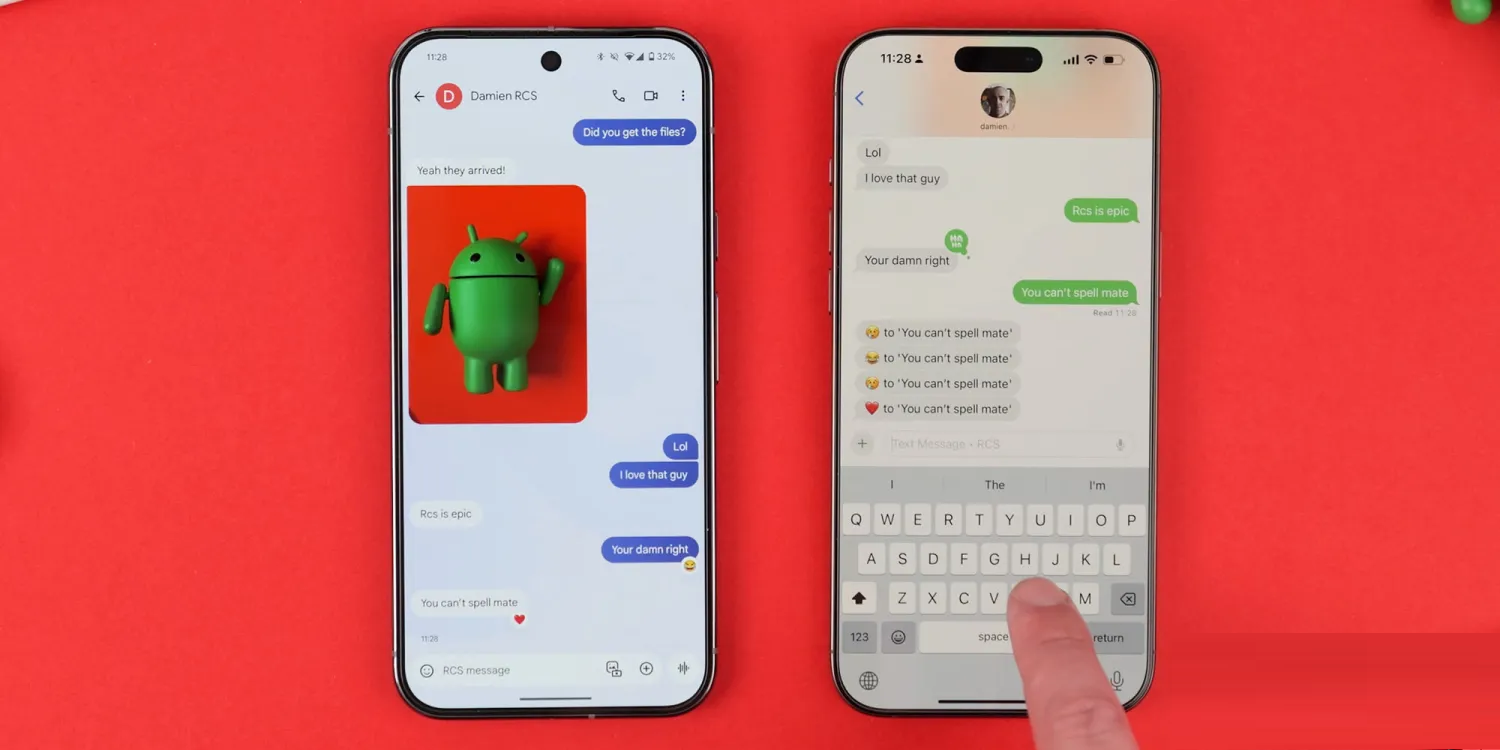In a significant development for sports enthusiasts and streaming service subscribers, YouTube TV has announced that it will no longer broadcast Formula 1 races starting in 2026. This change comes as Apple TV secures exclusive rights to air the prestigious motorsport series for the next five years, marking a substantial shift in the broadcasting landscape for Formula 1 fans in the United States.
The Shift in Broadcasting Rights
Since 2017, ESPN has been the primary broadcaster of Formula 1 races in the U.S., offering comprehensive coverage that included live races, qualifying sessions, and practice runs. This partnership allowed YouTube TV subscribers to access Formula 1 content seamlessly through ESPN’s channels. However, with Apple TV’s recent acquisition of exclusive broadcasting rights, this arrangement is set to change. The deal, reportedly valued at approximately $750 million over five years, signifies Apple’s strategic move into live sports broadcasting, a domain traditionally dominated by established sports networks.
Implications for YouTube TV Subscribers
For YouTube TV subscribers, this transition means that starting in 2026, they will no longer have access to live Formula 1 races through their current subscription. This development may prompt subscribers to reconsider their streaming options, especially those who prioritize live sports content. The loss of Formula 1 coverage could influence decisions regarding subscription renewals and may lead some users to explore alternative platforms that offer comprehensive sports packages.
Apple TV’s Foray into Live Sports
Apple TV’s acquisition of Formula 1 broadcasting rights is part of a broader strategy to enhance its content offerings and attract a diverse subscriber base. By securing exclusive rights to a globally popular sport, Apple aims to position itself as a formidable competitor in the streaming industry. This move also reflects the growing trend of tech companies investing heavily in live sports content to differentiate their platforms and provide unique value to subscribers.
Historical Context: YouTube TV and Sports Broadcasting
This isn’t the first time YouTube TV has faced challenges related to sports broadcasting rights. In December 2021, a contract dispute between YouTube TV and Disney led to the temporary removal of channels such as ESPN and ABC, affecting access to various sports content. Although the channels were reinstated after a new agreement was reached, the incident highlighted the complexities and volatility of broadcasting rights negotiations. Similarly, in February 2025, YouTube TV faced potential loss of CBS and other Paramount-owned channels due to a dispute with Paramount. A short-term extension was granted, and eventually, a deal was reached to keep the channels available to subscribers. These instances underscore the challenges streaming services face in maintaining a consistent lineup of sports content amid evolving agreements and competitive pressures.
The Future of Sports Broadcasting
The shift of Formula 1 broadcasting rights to Apple TV exemplifies the rapidly changing landscape of sports media rights. As streaming platforms vie for exclusive content to attract and retain subscribers, traditional broadcasters and newer entrants are increasingly competing for lucrative sports deals. This trend suggests that consumers may need to subscribe to multiple platforms to access all their desired content, potentially leading to increased costs and fragmentation of viewing experiences.
Conclusion
The upcoming transition of Formula 1 broadcasting rights from ESPN to Apple TV marks a pivotal moment in sports media distribution. For YouTube TV subscribers, this change necessitates reevaluating their streaming options to continue enjoying live Formula 1 coverage. As the streaming industry continues to evolve, staying informed about such developments is crucial for consumers seeking to tailor their subscriptions to their viewing preferences.



